St. Pauli Elbtunnel
Hamburgers are intensely proud of their tunnel beneath the river.
From its opening over a century ago, the St. Pauli Elbtunnel grew from a practical mode of transport into a point of national pride.
In the early 20th century the city of Hamburg needed transportation improvement badly. Plans for a suspended railway and a viaduct had fallen through, so the city settled on the revolutionary-–and dangerous-–plan to dig a tunnel beneath the Elbe River. At a cost of 10.7 million marks, several deaths, and numerous injuries, the construction of the Elbtunnel was no easy task.
Construction began in 1907 with around 4,400 workers toiling beneath the Elbe. Tunneling under the river required that the workspace be pressurized, which resulted in unhealthy conditions for the workers. They suffered from what we now know as “the bends.” Three died, 74 were badly wounded, and more than 600 were affected by decompression sickness.
The finished tunnel, measuring just under 2,000 feet long (610 m), opened in 1911. It connected Hamburg’s north side (the city center) with the industrial south side (the harbor) which made it significantly easier to travel across the city. Using one of the four car lifts, the pedestrian lift, or the staircase under the magnificent dome of the entrance building, you descend 80 feet before entering the tunnel. Two tubes (one for each flow of traffic) are flanked by pedestrian walkways. The tunnels are lined with white tile and feature artistic plaques of Elbe River life from the early 1900s.
The tunnels provide convenient access to the St. Pauli Piers, a popular tourist destination, and as of 2000 an annual marathon runs through the Elbtunnel. Some of Hamburg’s youth even hang out inside it. In 2003 the Elbtunnel was designated a cultural heritage site and in 2011, its 100-year anniversary, it won the award for historic engineering. The Elbtunnel is not just a convenience anymore; it has become a landmark.
Know Before You Go
The tunnel is open 24/7 for pedestrians and bikers and has free access. Motorised vehicles can only access the tunnel between Monday and Friday, 8 AM to 6 PM. The northern entrance can easily be found from the metro stop "Landungsbrücken," where the tunnel is situated. Leaving the metro, it's just a five minute walk by the river.



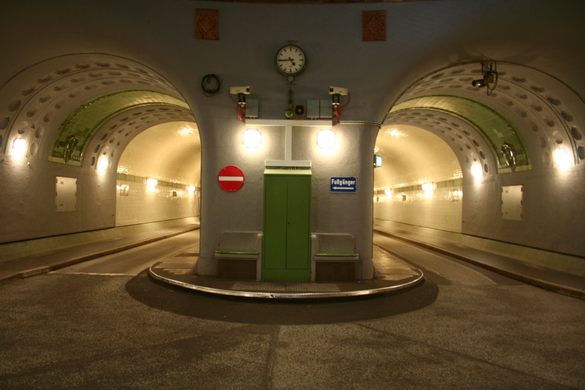







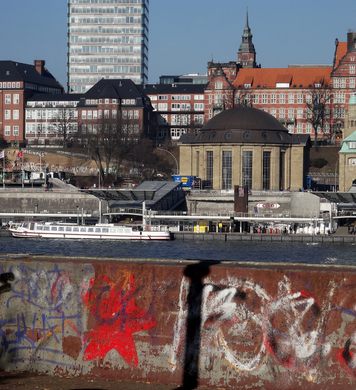

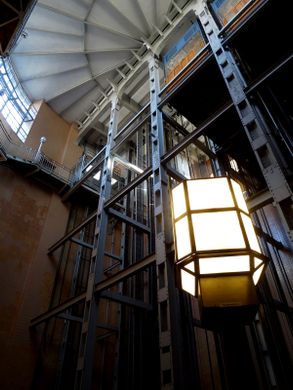

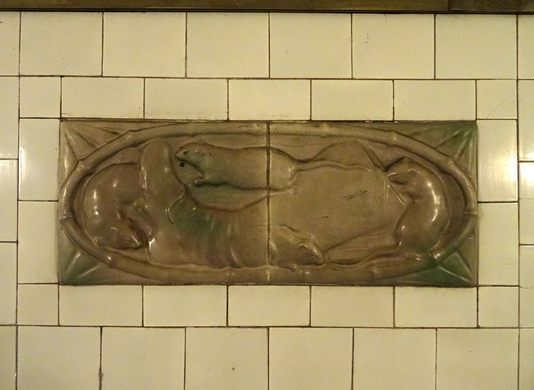

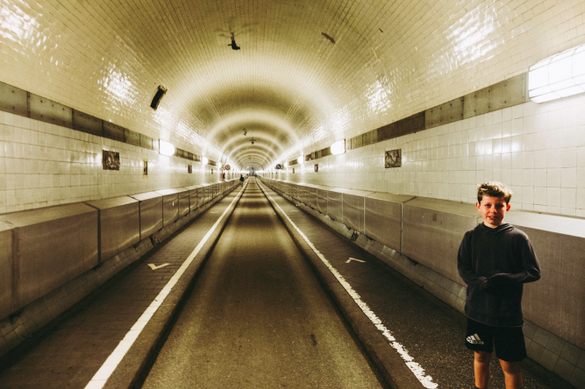
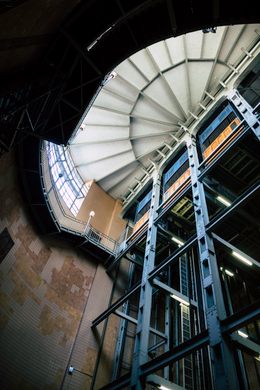

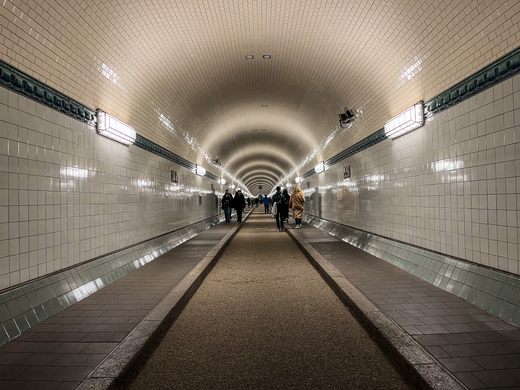

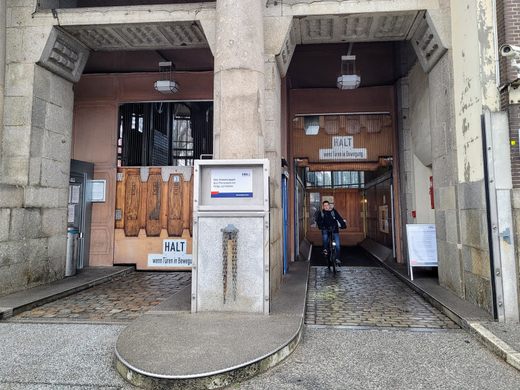


















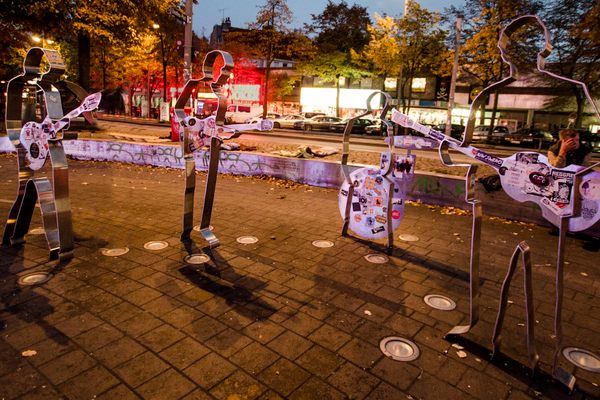





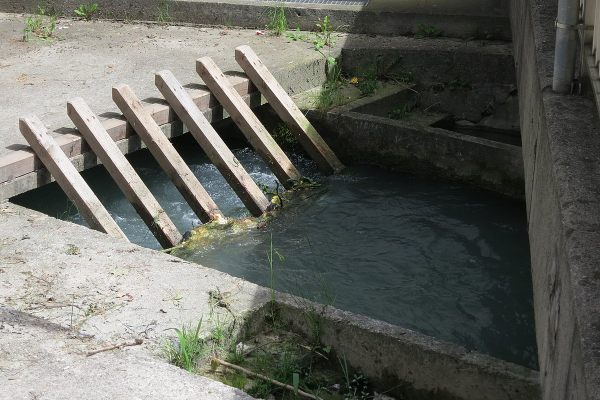
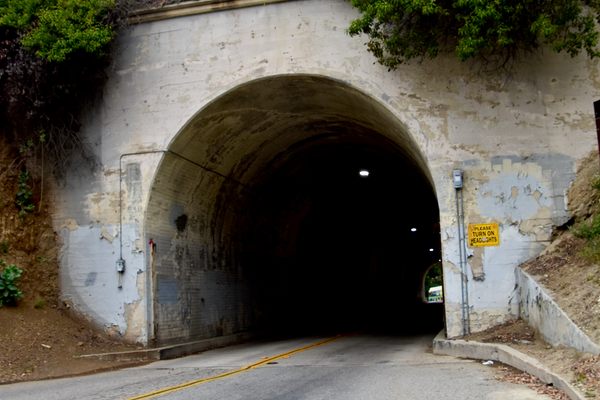

Follow us on Twitter to get the latest on the world's hidden wonders.
Like us on Facebook to get the latest on the world's hidden wonders.
Follow us on Twitter Like us on Facebook